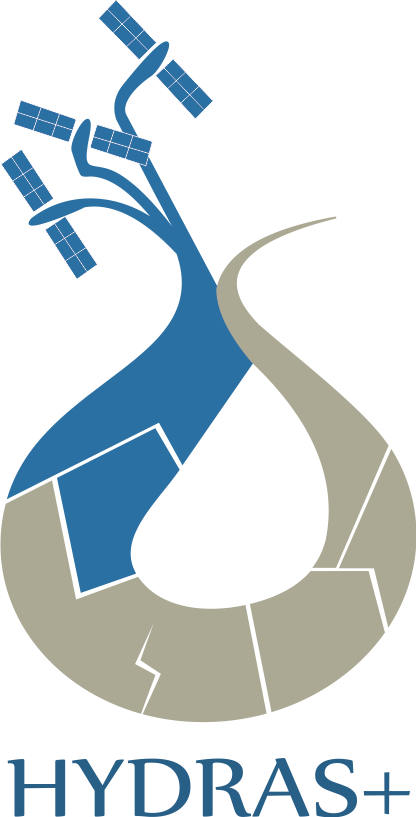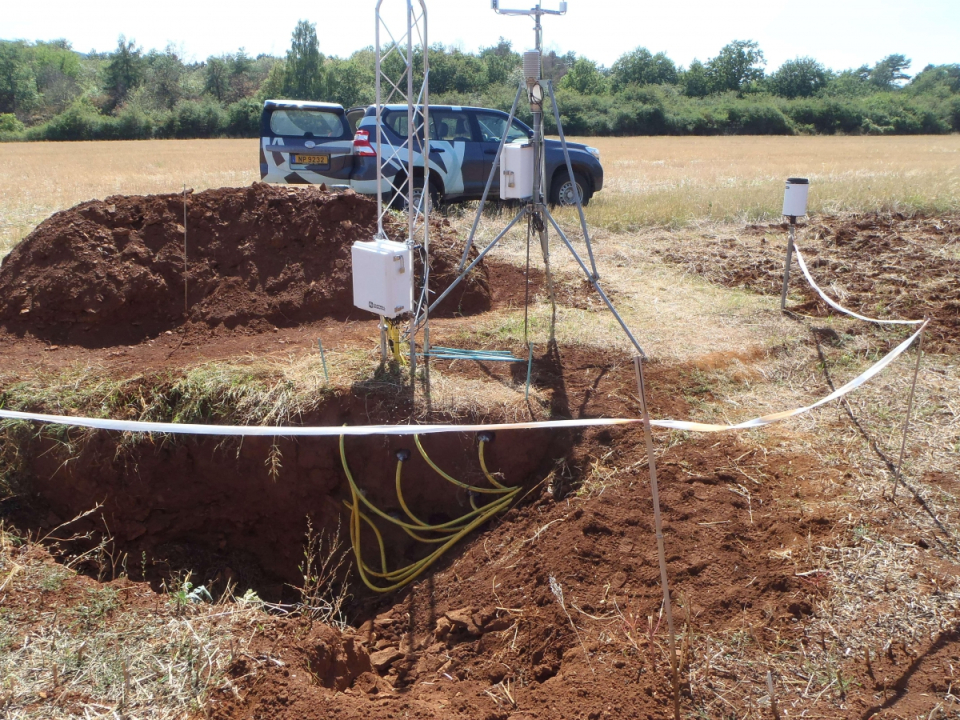Context and objectives
Motivated by climate change and its impact on the availability or excess of water in several parts of the world, several agencies and research institutions have taken initiatives in the monitoring of the hydrologic cycle at global scale. Such monitoring is important for understanding the impacts on water resources, assessing the vulnerability to or the extent of extreme events and providing early warnings. Monitoring systems are often based on a combination of land surface modelling and remote sensing, in which satellite data can be used as input to these models or for updating the model states. Much advances have been made in this domain, however, the near future brings new opportunities with respect to remote sensing (e.g. the simultaneous acquisition of active and passive microwave data), while the number of satellite missions for monitoring water resources is still increasing. In this project, we investigated innovative techniques that allow for
- downscaling of remote sensing data for use in monitoring systems;
- introducing an alternative flexible hydrologic model that requires less computational effort than land surface models, making it possible to generate earlier warnings for large areas;
- investigating adequate data assimilation techniques such that monitoring systems may profit optimally from remote sensing observations.
Although each of these objectives has its own scientific merit and may be beneficial for upgrading existing monitoring systems, the final aim of the project is to demonstrate whether the flexible hydrologic model into which multiple sources of remote sensing data products are assimilated has a potential use in operational drought monitoring systems.
The objectives of the project are:
1. to develop a method to obtain a merged and bias-free remote sensing data set for assimilation into hydrologic models and to characterize the uncertainty of the final product.
2. to compare the performance of both a physically-based (CLM) and a conceptual (SUPERFLEX) hydrologic model to mimic hydrologic processes at large scale.
3. investigating whether model predictions of soil moisture and discharge can be improved by assimilating different combinations of remote sensing data.
4. to assess whether the algorithms and methods developed in this project can be used to improve the existing drought monitoring and early-warning systems.

Project outcome
Results
The project delivered in each of the above mentioned levels insight in how to improve existing monitoring systems. These results have been demonstrated in papers and at conferences.
Products and services
No products have been generated, nor services have been developed. The project remained at the scientific level.
(Potential) users
Potential users involve institutes that maintain and develop drought monitoring systems. We hope to convince these institutes in the near future to make adaptions to their systems based on insights obtained in this project.
Outreach
HYDRAS+, a STEREO project to battle drought
HYDRAS+, un projet STEREO pour faire face aux sécheresses
HYDRAS+, een STEREO-project dat de strijd aangaat met droogte
| Project leader(s): | UGent - Hydro-Climate Extremes Lab (H-CEL) | |||||
| Belgian partner(s) |
|
|||||
| International partner(s) |
|
|||||
| Location: | ||||||
| Related presentations: | ||||||
| Website: | http://www.hydrasplus.ugent.be/ | |||||


